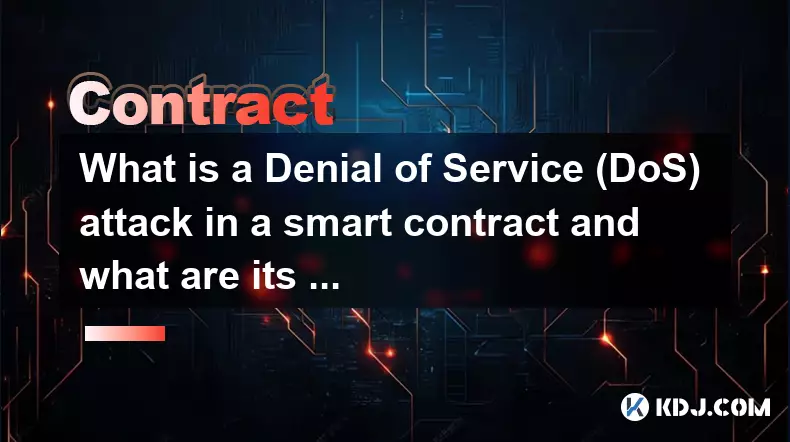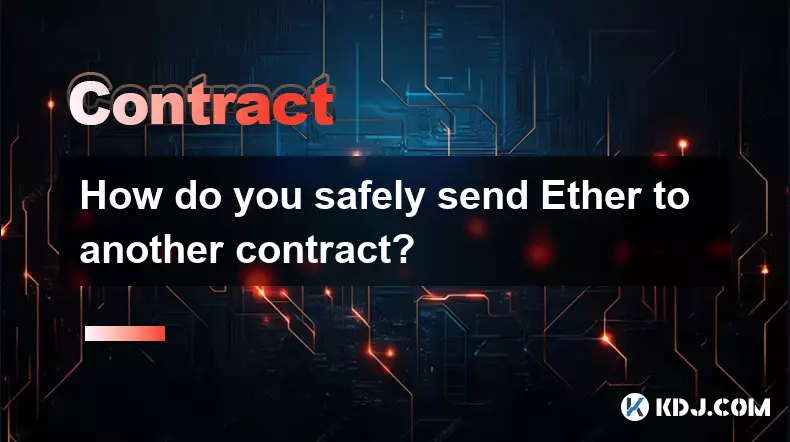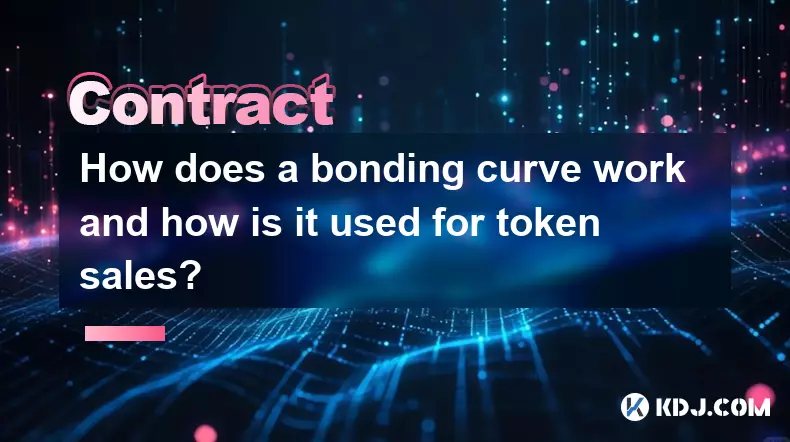-
 bitcoin
bitcoin $106680.127705 USD
0.67% -
 ethereum
ethereum $3615.722480 USD
-0.65% -
 tether
tether $0.999925 USD
-0.04% -
 xrp
xrp $2.550072 USD
5.91% -
 bnb
bnb $1002.572269 USD
-0.90% -
 solana
solana $168.746669 USD
1.08% -
 usd-coin
usd-coin $0.999832 USD
-0.03% -
 tron
tron $0.297244 USD
1.97% -
 dogecoin
dogecoin $0.182965 USD
0.71% -
 cardano
cardano $0.600432 USD
2.56% -
 hyperliquid
hyperliquid $41.439691 USD
-1.57% -
 chainlink
chainlink $16.548399 USD
2.40% -
 bitcoin-cash
bitcoin-cash $524.993680 USD
3.45% -
 stellar
stellar $0.302259 USD
4.10% -
 zcash
zcash $539.994871 USD
-16.31%
Difference between CoinW leverage and contract
In the dynamic landscape of cryptocurrency trading, CoinW offers a spectrum of options including leverage and contract trading, each catering to distinct strategies, risk profiles, and trading objectives.
Nov 12, 2024 at 11:15 pm

In the labyrinthine world of cryptocurrency trading, CoinW offers an array of options, including leverage and contract trading, each catering to distinct trading strategies. Understanding their nuances is paramount for navigating this intricate market effectively. This comprehensive guide will illuminate the key distinctions between these two trading instruments, empowering you to make informed decisions and maximize your trading potential.
1. Concept and Nature- Leverage Trading: Magnifies your trading power by borrowing funds from the exchange. This leverage ratio, typically expressed as a multiplier (e.g., 10x, 50x), amplifies both potential gains and losses.
- Contract Trading: Involves agreements to buy or sell an underlying asset, such as a cryptocurrency, at a predetermined price on a specified future date. These contracts are standardized and traded on futures exchanges like CoinW.
- Leverage Trading: Requires you to post a margin, a fraction of the borrowed funds, to cover potential losses. The higher the leverage, the lower the margin required, but also the greater the risk of liquidation.
- Contract Trading: Typically involves perpetual contracts, which do not have an expiry date. Margin is maintained to cover potential price fluctuations, and traders can adjust margin levels as needed.
- Leverage Trading: Positions are typically settled in the same currency (e.g., USDT) as the borrowed funds. Profit or loss is realized based on the difference between the entry and exit prices.
- Contract Trading: Contracts are settled in the underlying asset (e.g., BTC, ETH). Profit or loss is calculated as the difference between the contract price and the underlying asset price at the time of settlement.
- Leverage Trading: Offers a range of order types, including market orders, limit orders, and stop orders. Trailing stop orders are also available, allowing traders to lock in profits while managing risk.
- Contract Trading: Supports both market orders and limit orders. Stop orders are not commonly available in contract trading, but traders can use take-profit and stop-loss orders to limit potential losses.
- Leverage Trading: Usually charges a trading fee based on the notional value of the trade. Fees may vary depending on the leverage ratio used.
- Contract Trading: Involves a maker-taker fee structure. Makers (those who add liquidity to the market) pay a lower fee, while takers (those who remove liquidity) pay a higher fee.
- Leverage Trading: Suitable for experienced traders seeking the potential for amplified gains, but it carries significant risk and can lead to substantial losses.
- Contract Trading: Often preferred by institutional traders and experienced individuals with a deep understanding of futures trading. It offers more flexibility and risk management tools, but requires substantial capital.
- Advantages:
- Higher potential for profits: Leverage can magnify both gains and profits.
- Margin flexibility: Traders can adjust the leverage ratio to suit their risk tolerance.
- Quick execution: Leverage trades are typically executed quickly, providing rapid liquidity.
- Disadvantages:
- High risk: Leverage trading significantly amplifies the risk of losses, potentially leading to liquidation of borrowed funds.
- Margin calls: Traders may receive margin calls if their losses exceed the initial margin requirement, forcing them to deposit additional funds or face liquidation.
- Volatile market conditions: Leverage trading can be particularly risky during highly volatile market conditions, as small price movements can result in large losses.
- Advantages:
- Perpetual contracts: These contracts provide more flexibility and can be held indefinitely, allowing traders to capitalize on long-term market trends.
- Low maintenance margin: Margin levels can be adjusted as needed, providing greater flexibility in managing risk.
- Hedging opportunities: Contracts can be used to hedge against price fluctuations, reducing overall portfolio risk.
- Disadvantages:
- Higher capital requirement: Contract trading typically requires a larger amount of capital compared to leverage trading.
- Complexity: Contract trading can be more complex than other trading instruments and requires a deeper understanding of futures markets.
- Potential for slippage: During periods of high market volatility, the price of a contract can deviate from the underlying asset price, leading to slippage in order execution.
Disclaimer:info@kdj.com
The information provided is not trading advice. kdj.com does not assume any responsibility for any investments made based on the information provided in this article. Cryptocurrencies are highly volatile and it is highly recommended that you invest with caution after thorough research!
If you believe that the content used on this website infringes your copyright, please contact us immediately (info@kdj.com) and we will delete it promptly.
- WEFT Token: Revolutionizing the iGaming Ecosystem for New Investors
- 2025-11-11 14:50:00
- CFTC, Crypto, and Congress: Navigating the Murky Waters of Market Oversight
- 2025-11-11 10:55:01
- XRP: Is This Crypto's Best-Performing Asset?
- 2025-11-11 06:45:01
- Navigating the Crypto Maze: Economic Schedules, Treasury Auctions, and the Bitcoin Beacon
- 2025-11-11 07:40:01
- BitMine, ETH, and Assets: Navigating the Crypto Landscape Like a New Yorker
- 2025-11-11 13:00:02
- Exodus & Grateful: Stablecoin Payments Take Center Stage
- 2025-11-11 10:10:01
Related knowledge

What is a Denial of Service (DoS) attack in a smart contract and what are its common forms?
Nov 10,2025 at 05:20am
Understanding Denial of Service in Smart Contracts1. A Denial of Service (DoS) attack in the context of smart contracts refers to a scenario where a m...

What is a cryptographic nonce used for in transaction signing?
Nov 11,2025 at 05:59am
Understanding Cryptographic Nonces in Blockchain Transactions1. A cryptographic nonce is a random or pseudo-random number used only once in the contex...

How do you safely send Ether to another contract?
Nov 09,2025 at 06:40pm
Sending Ether to Smart Contracts: Key Considerations1. Verify that the receiving contract has a payable fallback function or a designated payable func...

What is the role of a block timestamp and what are its limitations for security?
Nov 11,2025 at 02:19am
Understanding the Role of Block Timestamps in Blockchain Networks1. A block timestamp serves as a chronological marker indicating when a particular bl...

What is a state machine and how can a contract be designed as one?
Nov 08,2025 at 02:19pm
Understanding State Machines in Blockchain Context1. A state machine is a computational model used to design systems that transition between defined s...

How does a bonding curve work and how is it used for token sales?
Nov 09,2025 at 04:00pm
Understanding the Mechanics of Bonding Curves1. A bonding curve is a mathematical function that links the price of a token to its supply. As more toke...

What is a Denial of Service (DoS) attack in a smart contract and what are its common forms?
Nov 10,2025 at 05:20am
Understanding Denial of Service in Smart Contracts1. A Denial of Service (DoS) attack in the context of smart contracts refers to a scenario where a m...

What is a cryptographic nonce used for in transaction signing?
Nov 11,2025 at 05:59am
Understanding Cryptographic Nonces in Blockchain Transactions1. A cryptographic nonce is a random or pseudo-random number used only once in the contex...

How do you safely send Ether to another contract?
Nov 09,2025 at 06:40pm
Sending Ether to Smart Contracts: Key Considerations1. Verify that the receiving contract has a payable fallback function or a designated payable func...

What is the role of a block timestamp and what are its limitations for security?
Nov 11,2025 at 02:19am
Understanding the Role of Block Timestamps in Blockchain Networks1. A block timestamp serves as a chronological marker indicating when a particular bl...

What is a state machine and how can a contract be designed as one?
Nov 08,2025 at 02:19pm
Understanding State Machines in Blockchain Context1. A state machine is a computational model used to design systems that transition between defined s...

How does a bonding curve work and how is it used for token sales?
Nov 09,2025 at 04:00pm
Understanding the Mechanics of Bonding Curves1. A bonding curve is a mathematical function that links the price of a token to its supply. As more toke...
See all articles










































































